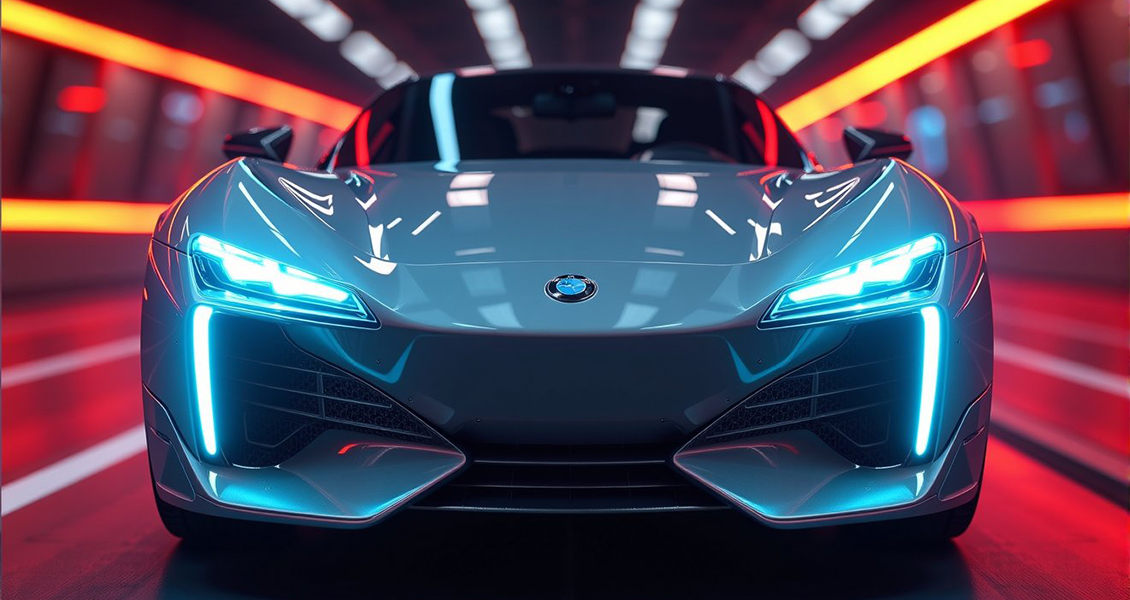Revolutionary Breakthrough in Automotive Lighting Technology

In today's highly competitive automotive industry, details determine success or failure. As an important functional component and design element of a vehicle, the technological innovation of car lights has become a key battlefield for major brands to compete. The sudden emergence of LED car lamp technology has provided car manufacturers with a powerful weapon for differentiated competition.
Technologically Superior in Every Aspect - LED car lights integrate multiple outstanding features: simple and efficient structural design, millisecond-level response time, excellent energy consumption performance, compact and lightweight size, outstanding shock resistance, zero pollution emissions, basically maintenance-free, and an extremely long service life. These outstanding advantages have enabled it to quickly gain recognition from industry experts, establish an irreplaceable position in modern automotive design, and successfully surpass traditional halogen lamps and xenon lamps to become the preferred solution for the new generation of automotive lighting systems.
Significantly Enhanced Safety Performance – Compared with traditional xenon lamps, LED headlights demonstrate overwhelming advantages in safety. Xenon lamps require tens of thousands of volts to excite inert gases for illumination, which not only causes noticeable startup delays but also tends to produce light scattering issues in harsh weather conditions, severely compromising driving safety. In contrast, LED headlights – with their low-voltage operation (requiring only 12V DC), compact size, ultra-high brightness, and instant response capability – have become the ideal choice for automotive lighting safety upgrades.

Analysis of the Four Core Advantages
Outstanding Lighting Performance: The high-brightness characteristics of LEDs elevate both warning and illumination effects to unprecedented levels. Whether functioning as brake lights or daytime running lights, they deliver exceptional visual warning performance.
Safe Operating Voltage: The 12V low-voltage operation mode significantly reduces electrical system load and electromagnetic interference, effectively mitigating potential safety risks associated with high-voltage systems.
Ultra-Fast Response: With microsecond-level activation speed and no warm-up required, it ensures immediate response from brake lights and turn signals, significantly reducing rear-end collision risks.
Intelligent Control Potential: Enabled by technological innovation, LEDs allow individual control of each lighting unit, providing crucial support for active safety systems. Their cold light source characteristics generate minimal thermal radiation, effectively protecting surrounding plastic components and other flammable parts.

From current technological trends, LED automotive lighting is poised to achieve continuous breakthroughs in intelligent integration, interactive design, and energy efficiency enhancement. It is foreseeable that LED technology will sustain its leadership in driving innovation within the automotive lighting sector. Its technical advantages perfectly align with the industry's electrification, connectivity, and intelligentization trends, inevitably making it an indispensable core component of future smart vehicles.



























